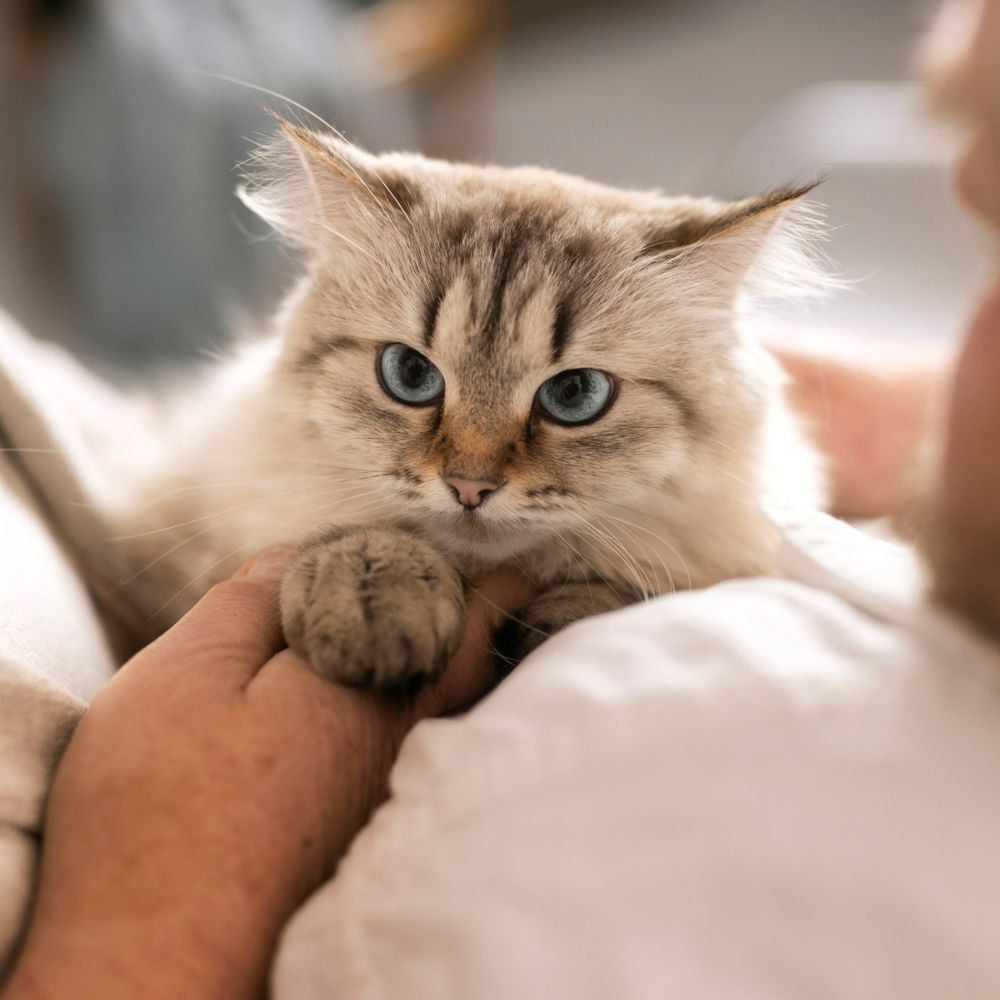Pet Glaucoma
Animal Eye Center provides specialized care for pet glaucoma, a serious eye condition that can cause vision loss in pets. If your pet has been diagnosed with glaucoma, please call us today.

Pet Glaucoma in Rocklin, CA
Animal Eye Center offers expert care for pets with glaucoma, a serious eye condition that can lead to vision loss. Trust our experienced team to provide the best treatment for your furry friend’s eye health.
What is glaucoma?
Glaucoma is an increased fluid pressure in the eye. Normal intraocular pressures (IOP) are below 25 mmHg. When IOP increases over 40 mmHg, severe damage to the retina and optic nerve occurs, and the eye can lose vision within 24 hours. Eyes continually produce and drain fluid or aqueous humor within the eye. Glaucoma occurs as an inherited defect of the drainage angle where the aqueous humor flows out of the eye. The fluid pressure within the eye increases rapidly if there is an acute blockage.
Glaucoma can also occur secondary to blockage of aqueous flow within the eye due to inflammation, intraocular tumors, or lens luxations. Acute glaucoma will cause the eye to be bloodshot and cloudy in appearance. The pupil may be dilated, and the eye is painful, causing the pet to squint. Vision loss from the eye occurs when the intraocular pressure (IOP) is higher than 40 mmHg. If your pet has any of these symptoms, seek treatment immediately.
Medical treatment for glaucoma
Medical therapy for glaucoma includes IV or oral medication to reduce the pressure in the eye quickly in hopes of restoring vision. A combination of drugs that open the drainage angle and reduce the production of aqueous humor is then used to try to keep the pressure in the normal range. Some animals will respond to medical therapy for a period of time, but eventually, medical therapy fails. Surgical treatment may be recommended for animals with the potential to retain vision.
Surgical treatment for glaucoma
There are two primary surgical treatments for glaucoma in patients who have not lost their vision. The first surgery involves placing a gonioimplant, called an Ahmed Valve, in the eye to drain aqueous humor out of the eye and into the subconjunctival space. The Ahmed valve device has a small silicon tube that is placed in the anterior chamber of the eye, allowing aqueous humor to exit the eye through a valve and across a plate that is sutured to the eye under the conjunctival tissue. These valves can keep the pressure in the eye below 12 mmHg for a period of time ranging from weeks to over a year. They eventually fail due to the formation of scar tissue over the implant. When this occurs, it is recommended to proceed with a second surgery to reduce aqueous production in the eye.
Endolaser cyclophotocoagulation (ECP) combined with phacoemulsification of the lens and an intraocular lens implant surgery can be 80% effective in the long-term management of glaucoma. When successful, it can also decrease or eliminate the use of most of the costly glaucoma medications. The endolaser procedure destroys the majority of the tissue that produces the aqueous humor, thus decreasing the amount of fluid that has to exit the eye. In some animals, the aqueous-producing tissue can regenerate, causing the IOP to increase again over time, and additional endolaser therapy is needed. ECP can also be used prophylactically on animals undergoing cataract surgery that are at risk of developing glaucoma secondary to abnormal drainage angles. Not all animals are good candidates for these procedures, and your veterinary ophthalmologist can best determine which pets will benefit from surgical therapy. Possible complications of the surgeries are intraocular bleeding, inflammation, infection, retinal detachment, and ineffective control of IOP, resulting in vision loss. However, even with the possible complications, ECP surgery is currently the best long-term treatment choice for sighted glaucomatous eyes.
Pharmacologic destruction of aqueous production with an intravitreous injection is also a surgical procedure that can reduce IOP and alleviate pain in glaucomatous eyes.

